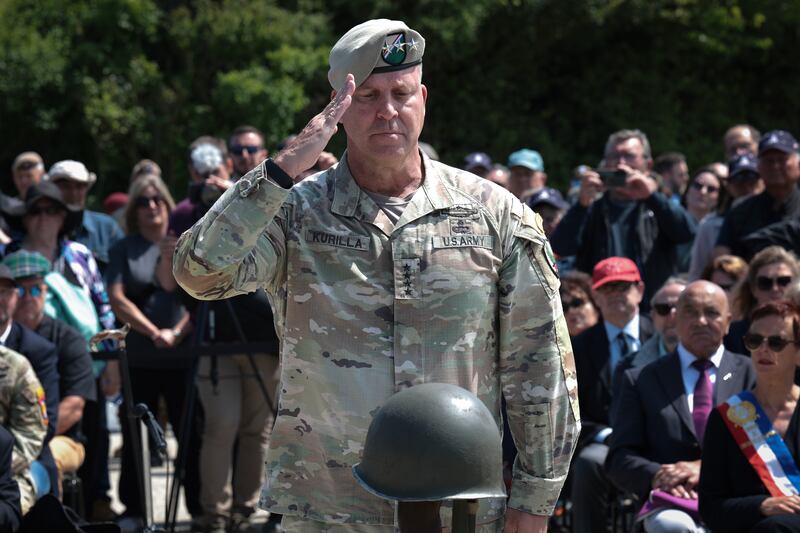President Donald Trump passed on a chance to launch a sustained strike on Iran that could have fully dismantled the country’s nuclear program.
Months in the making, the plan was crafted by the commander of the U.S. Central Command, Erik Kurilla, a four-star general nicknamed “the Gorilla” and one of the few voices on the Middle East that Trump actually listens to, NBC News reported.
Instead of the one-night strike on three facilities, Kurilla proposed hammering six critical sites repeatedly over several weeks, which would “truly decimate” Iran’s nuclear capabilities, unnamed officials told NBC News.

Trump was briefed on the more aggressive plan but ultimately rejected it because he didn’t want to risk dragging the U.S. into another long foreign war given that he has touted himself as the “president of peace” and pledged to rein in America’s foreign entanglements. Trump also reportedly worried that a drawn-out missile campaign could rack up heavy casualties on both sides of the conflict.
“We were willing to go all the way in our options, but the president did not want to,” a source told NBC.
Instead, Trump greenlit Operation Midnight Hammer, carried out on June 22, which targeted three nuclear sites in Fordow, Isfahan, and Natanz.
Officials believe the attack severely damaged the Fordow enrichment facility, setting Iran’s nuclear capabilities at the site back by as much as two years. But the damage at Isfahan and Natanz was far less extensive; Iran could have those sites back up and running within months, sources told NBC.
Trump has frequently overstated the success of the military operation even after a preliminary report from the Pentagon showed the attacks did not fully destroy all three of the targeted nuclear facilities.
“We destroyed the nuclear,” Trump said in June. “Iran will not have nuclear. We blew it up. It’s blown up to kingdom come.”
The Pentagon also seemed to walk back its earlier assessment of the damage to the facilities at Natanz and Isfahan in a statement to NBC News: “The credibility of the Fake News Media is similar to that of the current state of the Iranian nuclear facilities: destroyed, in the dirt, and will take years to recover,” chief Pentagon spokesman Sean Parnell told NBC.
“President Trump was clear and the American people understand: Iran’s nuclear facilities in Fordow, Isfahan, and Natanz were completely and totally obliterated,” he added. “There is no doubt about that.”
White House spokesperson Anna Kelly further said that Operation Midnight Hammer “totally obliterated” Iran’s nuclear capabilities and that “America and the world are safer, thanks to [Trump’s] decisive action.”
The White House and the Pentagon did not immediately respond to a request for further comment from the Daily Beast.







